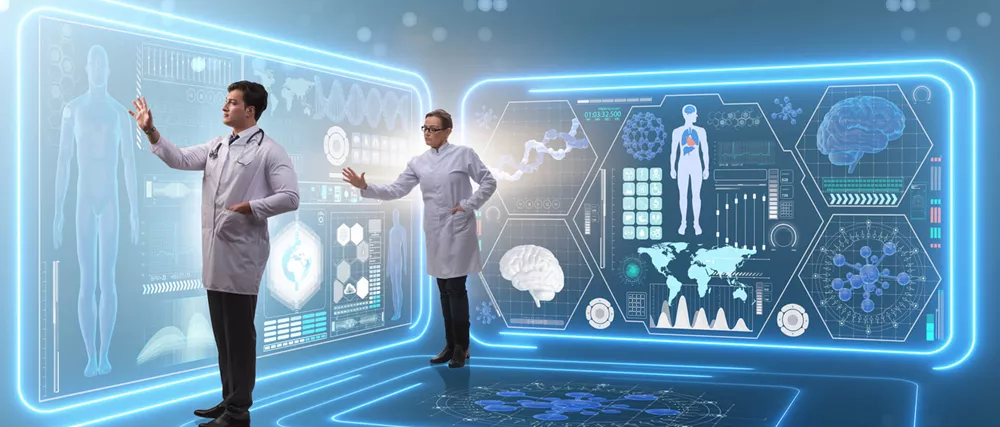If the COVID-19 outbreak has taught us anything about the everyday technologies we’re using, the key lesson has been that the goal is as much about helping us stay apart as bringing us together.
Teleconferencing, remote presence and real-time information sharing are key support structures for navigating a social lockdown – and nowhere is this need more urgently felt than in the medical sector. In an environment where resources are already stretched to breaking point, the rock of people needing intense personal care is meeting the hard place of staff shortages and genuine risks to personnel. Simply put, exposing medical professionals to infection risks more than just their own lives, so any opportunity to reduce contact without compromising outcomes helps healthcare workers, their patients and society as a whole.
In an environment where resources are already stretched to breaking point, the rock of people needing intense personal care is meeting the hard place of staff shortages and genuine risks to personnel. Simply put, exposing medical professionals to infection risks more than just their own lives, so any opportunity to reduce contact without compromising outcomes helps healthcare workers, their patients and society as a whole.
Putting healthcare within reach of those in need
Telehealth, where digital communications technologies put healthcare services within reach of even the most geographically or socially isolated of people, is suddenly in a huge spotlight right now. What was previously often considered a simple question of convenience is now potentially a matter of life and death for many.
Remote consultations have been shown to be less expensive and more efficient than in-person visits in a wide range of cases, while mobile technologies we’re already taking for granted are opening up the possibilities of everything from remote monitoring via wearable devices to in-app retinal photoscreening for diabetes patients.
Concerns and practical problems
The upsides of all this include more accessible care, more effective use of critical information and a tightening of the personalised focus on patients themselves.
Of course, there are downsides, too – including, ironically, the undeniably “impersonal” nature of more-than-arm’s-length personal care.
Equally, the potential foothold being gained by computerised decision-making could raise both patient concerns and practical problems in cases involving complex health issues.
The learning curve
There’s also the learning curve to consider on both sides, patient and professional. The information gained from wearable devices, for example, is only as helpful as the wearers themselves - and relying on self-reporting, even digitally and in real-time, might be risky in some cases.
Despite the challenges, telehealth technologies have huge benefits to offer, and the attention they’re getting during the COVID-19 pandemic will only further boost their surge. While it’s long been accepted that these technologies will have a major part to play in healthcare’s future, it’s suddenly getting a lot harder and more dangerous to wait for that future to arrive.
Get credit for your business innovation in these challenging times with research and development tax credits claim assistance from RIFT. Find out more about R&D tax credits for manufacturing, deep dive into the world of business innovation with our insights, or contact RIFT R&D today to find out how we can maximise your benefits.

